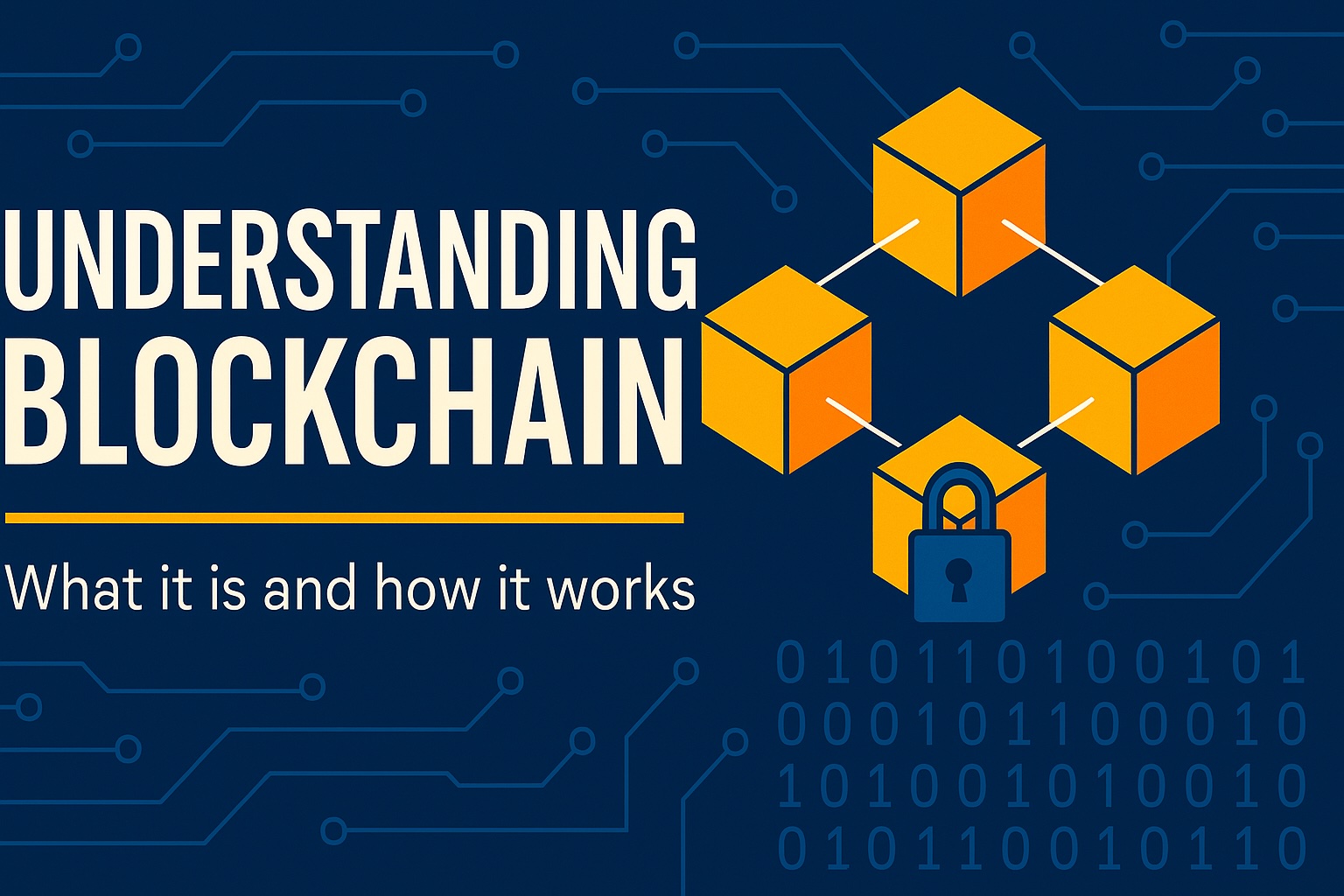Unlocking Blockchain: The Revolutionary Ledger Transforming Our World

Understanding blockchain: The Technology Revolutionizing Trust and Transparency
Introduction to blockchain Technology
blockchain technology, widely recognized as the backbone of Bitcoin, is gaining traction as a secure and decentralized system that could revolutionize various sectors, including finance and healthcare. This innovative approach to data management offers a unique digital ledger that is both transparent and resistant to tampering.
- Introduction to blockchain Technology
- Key Features of blockchain
- Decentralization
- Immutability
- Transparency with Privacy
- Cryptographic Security
- Consensus Mechanisms
- How blockchain Functions: A Simplified Overview
- Step 1: Transaction Initiation
- Step 2: Broadcasting the Transaction
- Step 3: Verification by Nodes
- Step 4: Grouping Transactions
- Step 5: Solving a Cryptographic Challenge
- Step 6: Adding the Block
- Step 7: Updating the Ledger
- Advantages of blockchain Technology
- Enhanced Security
- Increased Transparency
- Reduced Centralization
- Improved Efficiency
- Comprehensive Traceability
- Applications Beyond Cryptocurrencies
- Supply Chain Management
- Healthcare
- Voting Systems
- Digital Identity
- Intellectual Property
- Real Estate Transactions
Key Features of blockchain
Decentralization
Unlike traditional systems that rely on a central authority, blockchain operates on a decentralized network of computers, known as nodes. This distribution of data ensures that there is no single point of failure; if one node fails, the entire network remains functional.
Immutability
Once information is entered into the blockchain, altering or deleting it becomes nearly impossible. Data is organized into blocks that are cryptographically linked in a chronological order. Any attempt to modify a block would disrupt this chain, triggering alerts across the network. To successfully change a record, a malicious actor would need to alter not just one block but all subsequent blocks across the majority of nodes, a task that is computationally unfeasible.
Transparency with Privacy
While blockchain transactions are publicly accessible, user identities are typically concealed behind alphanumeric codes. This balance allows for transparency in transactions while safeguarding individual privacy.
Cryptographic Security
Each block contains a cryptographic hash of the preceding block, creating a unique digital signature. Even minor changes to any data within a block will alter its hash, thereby invalidating subsequent blocks. This cryptographic linkage is crucial for maintaining the integrity of the entire blockchain.
Consensus Mechanisms
Before a new block can be added to the blockchain, it must be validated by the majority of nodes in the network. This validation process is facilitated through consensus mechanisms such as Proof of Work (used by Bitcoin) or Proof of Stake (employed by Ethereum), enabling trust without the need for a centralized authority.
How blockchain Functions: A Simplified Overview
Step 1: Transaction Initiation
A transaction occurs, such as a Bitcoin transfer or a supply chain event recorded by a business.
Step 2: Broadcasting the Transaction
The transaction details are disseminated across the network for validation.
Step 3: Verification by Nodes
Each node assesses the legitimacy of the transaction, confirming that the sender has adequate funds and that the digital signature is valid.
Step 4: Grouping Transactions
Once verified, the transactions are compiled into a block.
Step 5: Solving a Cryptographic Challenge
Miners compete to solve a complex mathematical problem, with the first to succeed gaining the right to add the block to the blockchain, a process known as mining.
Step 6: Adding the Block
After verification, the new block is permanently integrated into the existing blockchain.
Step 7: Updating the Ledger
All nodes in the network refresh their copies of the blockchain to include the new block.
Advantages of blockchain Technology
Enhanced Security
The decentralized and cryptographic nature of blockchain makes it highly resistant to fraud and tampering.
Increased Transparency
All participants in the network have access to the same immutable ledger, fostering trust among users.
Reduced Centralization
The absence of a single control point minimizes systemic risks and eliminates the need for intermediaries.
Improved Efficiency
blockchain automates and streamlines transactions, reducing the reliance on manual record-keeping and middlemen.
Comprehensive Traceability
Every action is logged, creating a verifiable and auditable trail of data and transactions.
Applications Beyond Cryptocurrencies
While Bitcoin was the first notable application of blockchain, its potential reaches far beyond digital currencies. Some emerging use cases include:
Supply Chain Management
blockchain can track products from their origin to their final destination, ensuring authenticity and minimizing fraud.
Healthcare
It offers a secure method for storing and sharing patient information among healthcare providers while maintaining privacy.
Voting Systems
blockchain can facilitate tamper-proof and transparent digital voting processes.
Digital Identity
Individuals can have secure, self-sovereign digital identities across various platforms.
Intellectual Property
blockchain can help establish ownership and monitor the usage of digital content and creative works.
Real Estate Transactions
It simplifies and secures the transfer of property titles and land records.
In summary, blockchain technology presents a transformative approach to secure, transparent, and decentralized record-keeping. By removing the reliance on centralized authorities, it has the potential to reshape entire industries, fostering trust in a world that often lacks it.







